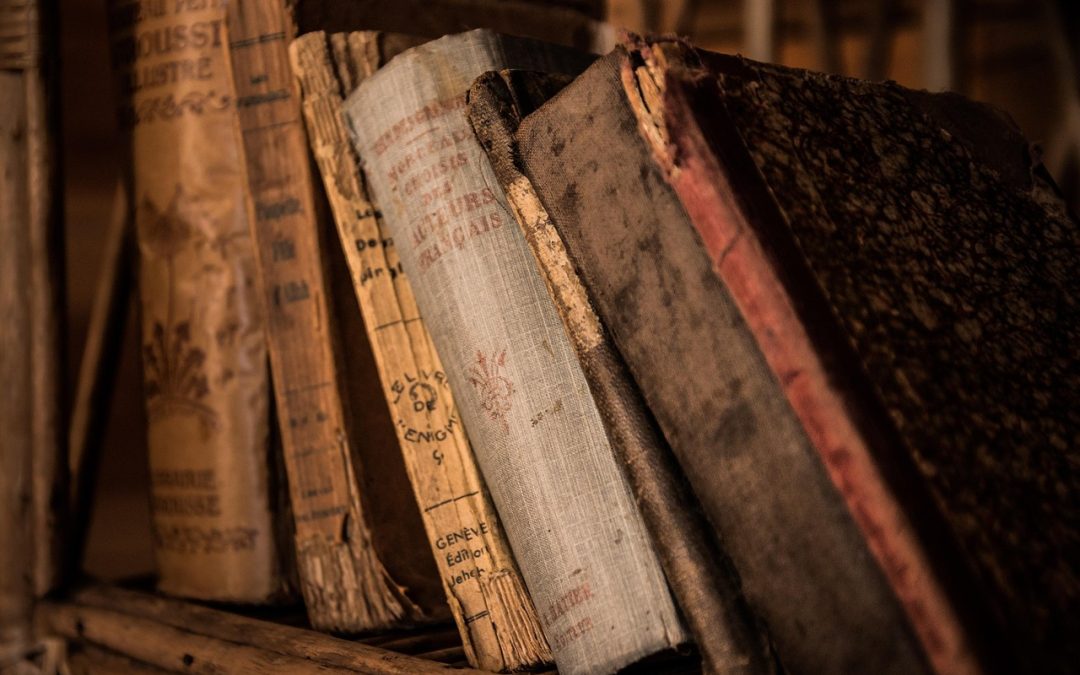As writers, we’re often encouraged to focus on the writing itself, and leave the production and publishing aspects to the “professionals.” However, with the rise of self-publishing and indie authors, it’s never been more possible to take control of the entire process – from manuscript to printed book. DIY book production is an empowering and creative process that allows you to shape your work from start to finish. In this article, we’ll explore the art of DIY book production, covering the essential steps, tools, and tips to bring your book to life.
Understanding Your Book’s Vision
Before diving into the nitty-gritty of production, take a step back and ask yourself: what kind of book do I want to create? Is it a poetry chapbook, a novel? What tone and aesthetic do I want to convey? Think about the content, layout, and overall feel you want to achieve. For chapbook poets, I recommend checking out Mastering the Chapbook: A Poet’s Guide for in-depth insights and guidance.
This phase is crucial, as it will influence your design, formatting, and printing decisions later on. Take your time, gather inspiration, and create a clear vision for your book’s look and feel. You can even create a Pinterest board or mood board to visualize your ideas.
Designing Your Book’s Interior
Now it’s time to bring your vision to life. When it comes to designing your book’s interior, you’ll need to consider font choices, margin sizes, line spacing, and more. For a professional look, I recommend using design software like Vellum or Canva. These tools offer pre-made templates, easy-to-use interfaces, and an extensive range of customization options.
Here are some essential design considerations to keep in mind:
- Fonts: Choose 2-3 fonts that complement each other and the tone of your book. Ensure they’re legible, even at smaller sizes.
- Margins: Ensure adequate margins (at least 0.5 inches) for easy reading and bleed-free printing.
- Layout: Balance text and whitespace to create visually appealing pages.
Remember, good design is all about balance and harmony. Don’t be afraid to experiment, try new things, and seek feedback from fellow writers or designers.
Printing and Binding Your Book
With your design complete, it’s time to print and bind your book. You have several options here, depending on your budget, quantity, and desired finish. Here are a few popular options:
- Print-on-Demand (POD) services: Companies like CreateSpace or IngramSpark allow you to print and distribute books as orders come in.
- Local Print Shops: For smaller quantities, consider local print shops that offer high-quality printing and finishing options.
- DIY Binding: For a truly unique and handmade touch, consider binding your book yourself using materials like cardstock, paper, and glue.
When choosing your printing and binding options, consider the paper quality, weight, and finish. For a luxurious feel, opt for higher-end paper weights (80-100 gsm) and a matte or silk finish.
The most important thing is to have written a book. – Seth Godin
Remember, DIY book production is about taking control of the process and creating a unique, high-quality book that reflects your vision. Don’t be discouraged by the learning curve – with practice, patience, and persistence, you’ll master the art of DIY book production.
If you’re up for a challenge, try our 30-day book production challenge: Write, Design, Print: Your Book in 30 Days. This comprehensive guide will walk you through the entire process, from writing to printing, in just 30 days. And for chapbook poets, don’t forget to explore Chapbook Success: 7 Essential Ingredients for expert insights on creating a successful chapbook.
By embracing the DIY spirit, you’ll not only create a stunning book but also develop valuable skills, confidence, and a deeper connection with your work. So, take the leap, and start creating your own DIY book production masterpiece today!

